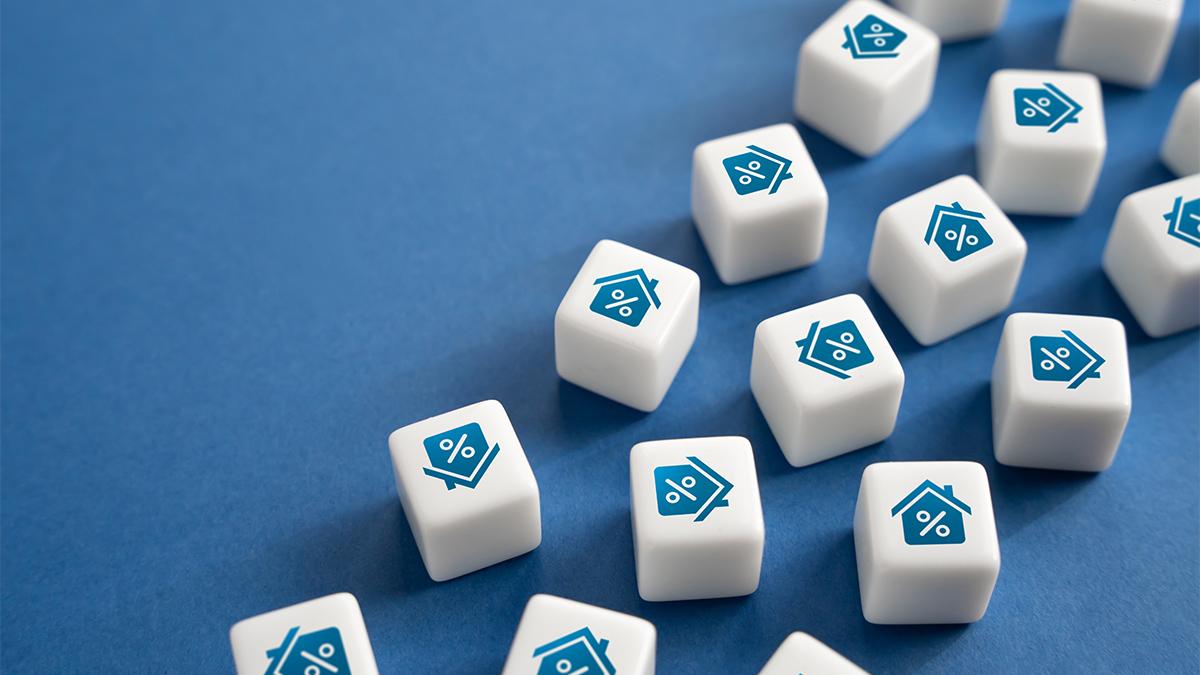One of life’s most significant actions is purchasing a home. It’s a place to call home and raise a family and make lasting memories – and a financial investment, too. However, securing the necessary funding can be a stressful and time-consuming part of the home-buying process. Your ability to buy and your interest rate are both influenced by the amount you put down.
What is a Down payment?
The down payment on a home is the initial sum paid by the buyer before closing on the property. If you put down 10% (or $20,000) on a $200,000 home, you’ll need to borrow the remaining 90% (or $180,000) from a lender. Paying less in interest and borrowing less money overall is possible with a substantial down payment.
Types of down payment and loan options available in Canada
There are numerous sorts of down payment and loan alternatives available for home purchasers, based on their financial status, credit score, and preferences. Here is a rundown of a few of the most frequent loans available in Canada:
- Conventional Loans: Loans that are not federally insured or guaranteed but yet meet the guidelines. The minimum down payment for a conventional loan is normally 3-5% of the property’s purchase price.
- FHA Loans: Loans backed by the Federal Housing Administration (FHA). The minimum down payment for an FHA loan is 3.5% of the purchase price, although first-time buyers may only need to put down 3%.
- VA Loans: Veterans, active-duty military, and surviving spouses who meet certain requirements can apply for and receive VA loans, which are insured by the Department of Veterans Affairs (VA). VA loans may contain a funding fee that ranges from 1.4% to 3.6% of the loan amount.
- USDA Loans: USDA loans are offered to qualified homebuyers in rural areas and some suburban areas of the country. However, there are restrictions on both income and property value to qualify for USDA loans, and mortgage insurance premiums (MIP) must be paid for the duration of the loan.

What are the cons and pros of using down payment loans?
The primary benefits and drawbacks of employing down payment loans are as follows:
Pros of using a down payment:
- If you’re trying to buy a home but can’t wait until you’ve saved enough money for a hefty down payment, a down payment loan may be the answer.
- With a lower down payment, you may be eligible for additional loan programs and lenders. Possible advantages of these loans include cheaper interest rates.
- You can keep some of your money for other things, such as emergencies, home upgrades, retirement, or even just a rainy day.
Cons of using a down payment:
- The interest you pay on a down payment loan will be more than the interest you pay on a standard loan because it is for a larger amount.
- There may be further charges: It’s important to consider the expenses associated with a down payment loan before committing to one.
- The income, property, occupancy, and repayment parameters of down payment loans may be more stringent than those of conventional loans.
Buying a home in Vancouver
We’d like to thank you for taking the time to read our post regarding lending programs and down payment alternatives. A licensed real estate agent is available to help you through the home-buying process and answer any questions you may have. In the Greater Vancouver area, Matin Homes stands out as a dependable and knowledgeable real estate agency. With the assistance of Matin Homes, you will be able to locate your ideal property, negotiate the best price, and avoid any unnecessary stress.

